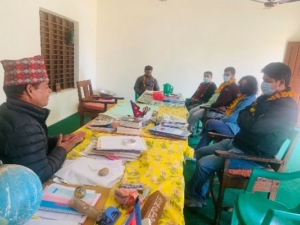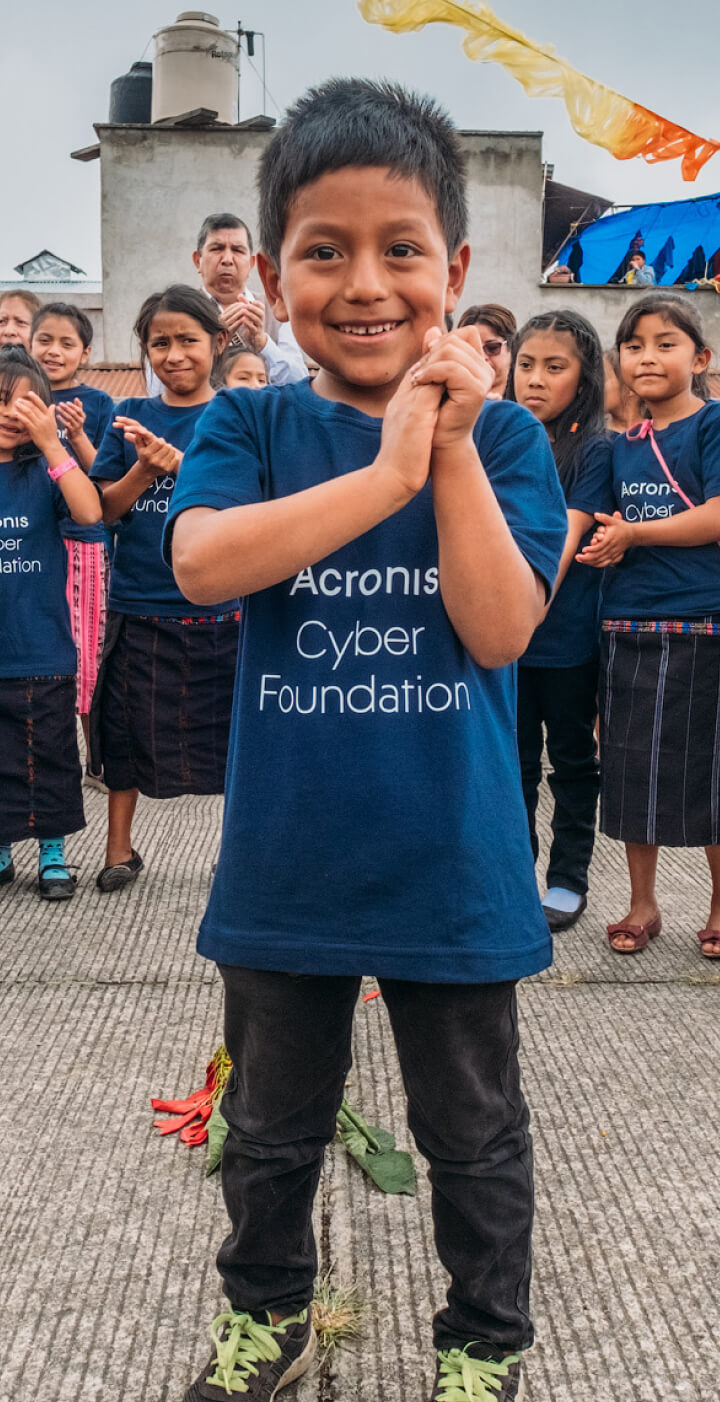The COVID-19 pandemic and economic shocks related to lockdown measures have increased the visibility and consequences of social justice issues in education in Nepal. Extensive lockdowns from 2020 to 2021 exacerbated educational inequalities and the digital divide, leaving many students out of school as educational institutions scrambled to respond to the pandemic.
The Digital Divide in Nepal
While online education is the norm for some, it’s still a significant challenge for Nepal, whose education system has struggled to provide essential resources like textbooks and internet access. The pandemic has forced Nepal to transition to online learning without a sustainable plan, which incurs a burden on its education system and results in a significant digital divide. The rural population (about 80% of Nepal’s population) has always struggled with the shortage of digital infrastructure and the absence of digital literacy.
The lockdown has increased difficulties. A survey showed less than 10% of students have internet access at home, and dozens of households don’t have televisions and smartphones. Some private schools have responded by rolling out online classes using tools like Zoom but can public schools and underprivileged students adjust?
Bridging the gap — how is our school doing?
We developed the computer classroom in 2021, through a partnership with Good Neighbors International (GNI) Nepal.

Since then, the teaching faculty has been using a teaching-learning resource, E-paath, to complement their class activities. The tool has interactive lessons of mathematics, science, Nepali and English subjects for Grade 1-8. Along with animated lessons, it contains educational games and exercises to give students fun and effective learning opportunities.
 Ram Chaudhary, our Grade 5 student shared his learning experience:
Ram Chaudhary, our Grade 5 student shared his learning experience:
We get 45 mins every day in the computer classroom. I like to have my lessons through E-paath. Recently I learnt about vertebrates and invertebrates through interesting pictures and videos to help me understand the lesson easily.
I always use the same computer in the computer classroom, and love to use it to make paintings.
Help more children make up for lost learning

Continued education is a crucial part of the response to strengthen the global education architecture. Children and young people need alternative ways to develop and learn, to stay connected to their schools. However, they are at a significant disadvantage without access to technology and materials needed to continue learning. Urgent efforts must be made to reach low-tech or no-tech learning options for children who have no internet access.
The Acronis Cyber Foundation wants to bring computer classrooms to every school we build and make educational technology (EdTech) accessible. This will positively impact keeping children connected with education, supporting caregivers’ teaching skills, and encouraging community participation in learning efforts.
With 13 more computer classrooms underway, we are looking for like-minded partners to bring the EdTech vision to our schools. Reach out to us at foundation@acronis.org to find out more, and we’ll find a great project together!

